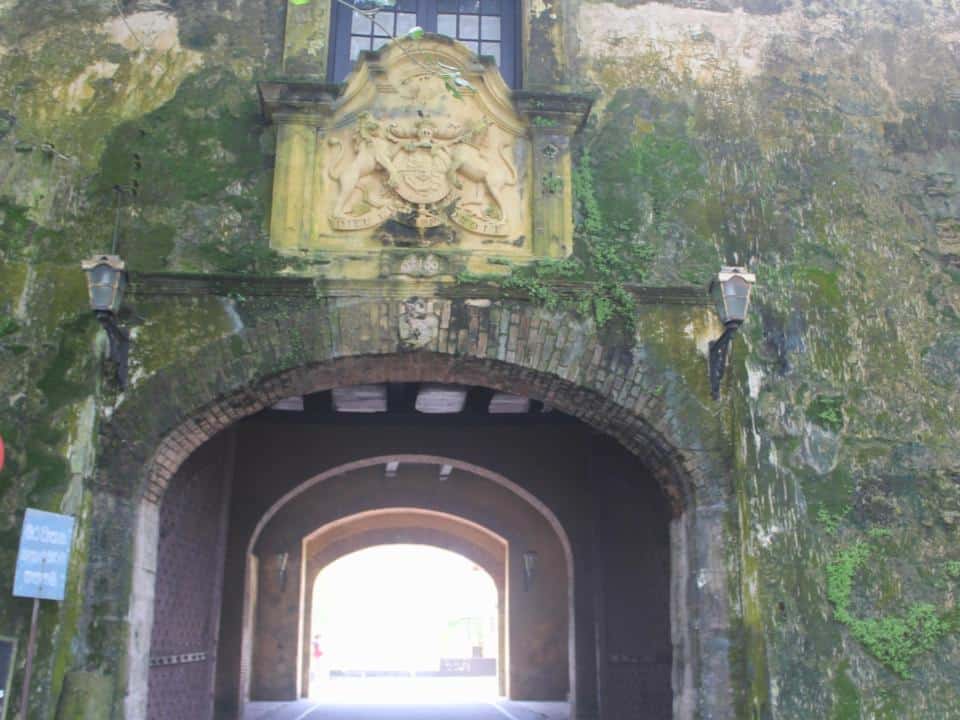Sitting on a rocky peninsula sheltering the port of Galle. The Galle Fort is a living monument to Sri Lanka’s colonial past, and an epitome of old-world charm. The best example of a fortified city built by Europeans in South and South-East Asia. Furthermore, the history of Galle is as interesting as the culture that lies within its walls.
Its location on the all-important East-West trade route has seen mentioned in Ptolemy’s ancient map of the world as a busy seaport and was visited by the legendary explorer Ibn-Batuta. Its present state though began to unfold with the landing of the Portuguese in 1505. Who having captured the port, built an earthen palisade with three bastions to watch over the port. In 1640, the Dutch invaded the Portuguese and took the city. During this period that the Galle Fort was developed into what it stands as today. Although Galle was conquered by the British in 1796, little of its structure changed during that period.
Under the rule of the Dutch, the existing Portuguese fort underwent intensive development. As a defensive measure, massive stone ramparts were built, with fourteen bastions providing offensive positions. A sea wall of rock and coral stone completed the defenses of the fort. Access to the fort is by way of two portcullises, one of which bears the insignia of the Dutch East India Company or VOC, which monopolized trade with the colony.
Within the walls of the fort, the influence of the Dutch is all-pervading. Its neat, grid-like streets bear Dutch names and houses feature the typical style used by the Dutch in the construction of their tropical colonial structures, with wide open verandas and tall coloumn-like pillars. Many of these homes have been meticulously restored and now serve as upmarket boutique hotels.
Written by Jonathan Roelofsz for Travel Lanka Compass



0 Comment